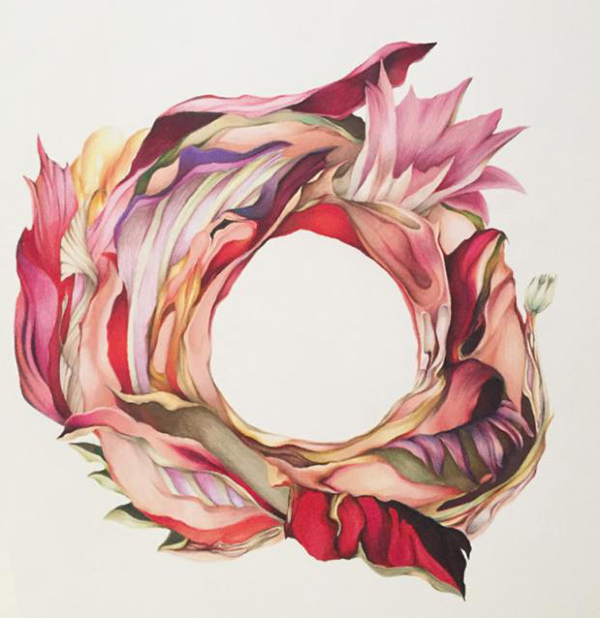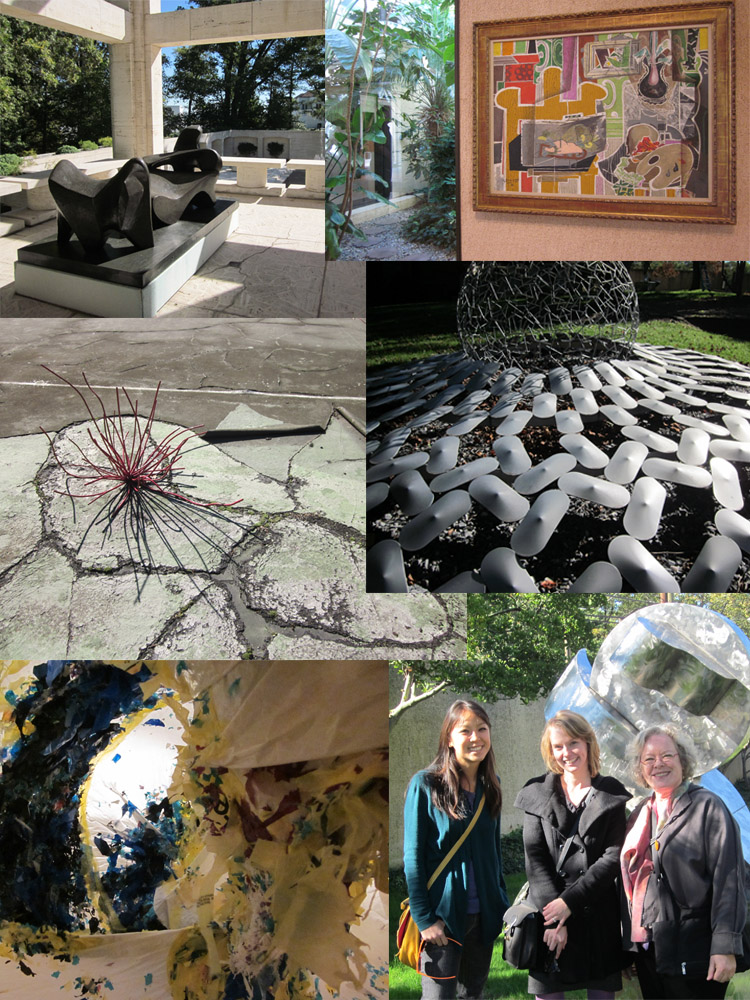In this series, Manager of Visitor and Family Engagement Emily Bray highlights participants in the 2017 James McLaughlin Memorial Staff Show, on view through September 17, 2017.
Ann Lipscombe

Ann Lipscombe
What do you do at The Phillips Collection? Are there any unique or interesting parts about your job that most people might not know about?
I’m the Digital Associate! I do a lot of videography and graphic design, but my job mostly consists of producing motion graphics for our social media.
Who is your favorite artist in the collection?
Piet Mondrian, Phillip Guston and Alex Katz.
What is your favorite space within The Phillips Collection?
My favorite spot in the Phillips is the main stairway in the museum. I think the curators are always really clever with what they do in such a tiny and often overlooked space. Sometimes they have our small works by Calder there, which is my favorite spot for them.
What would you like people to know about your artwork on view in the 2017 Staff Show (or your work in general)?
My work is exploring the relationship between Western and alternative medicine. The drawing itself conflates medical and natural imagery to form an almost ouroboros shape. I’m encouraging the piece to be interpreted through the Hegelian Method, which is referenced in the title of the work.
The 2017 James McLaughlin Memorial Staff Show is on view August 3 through September 17, 2017.



